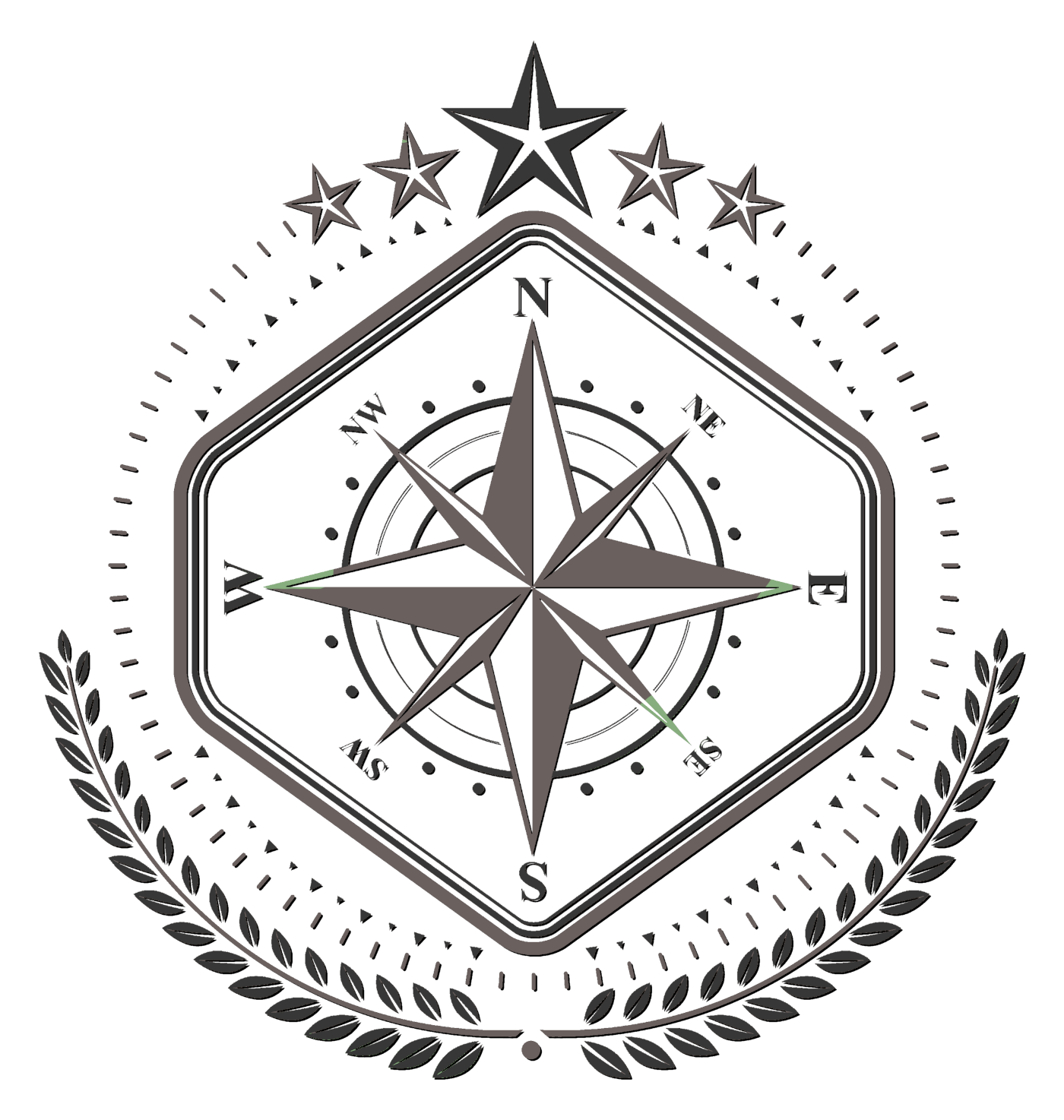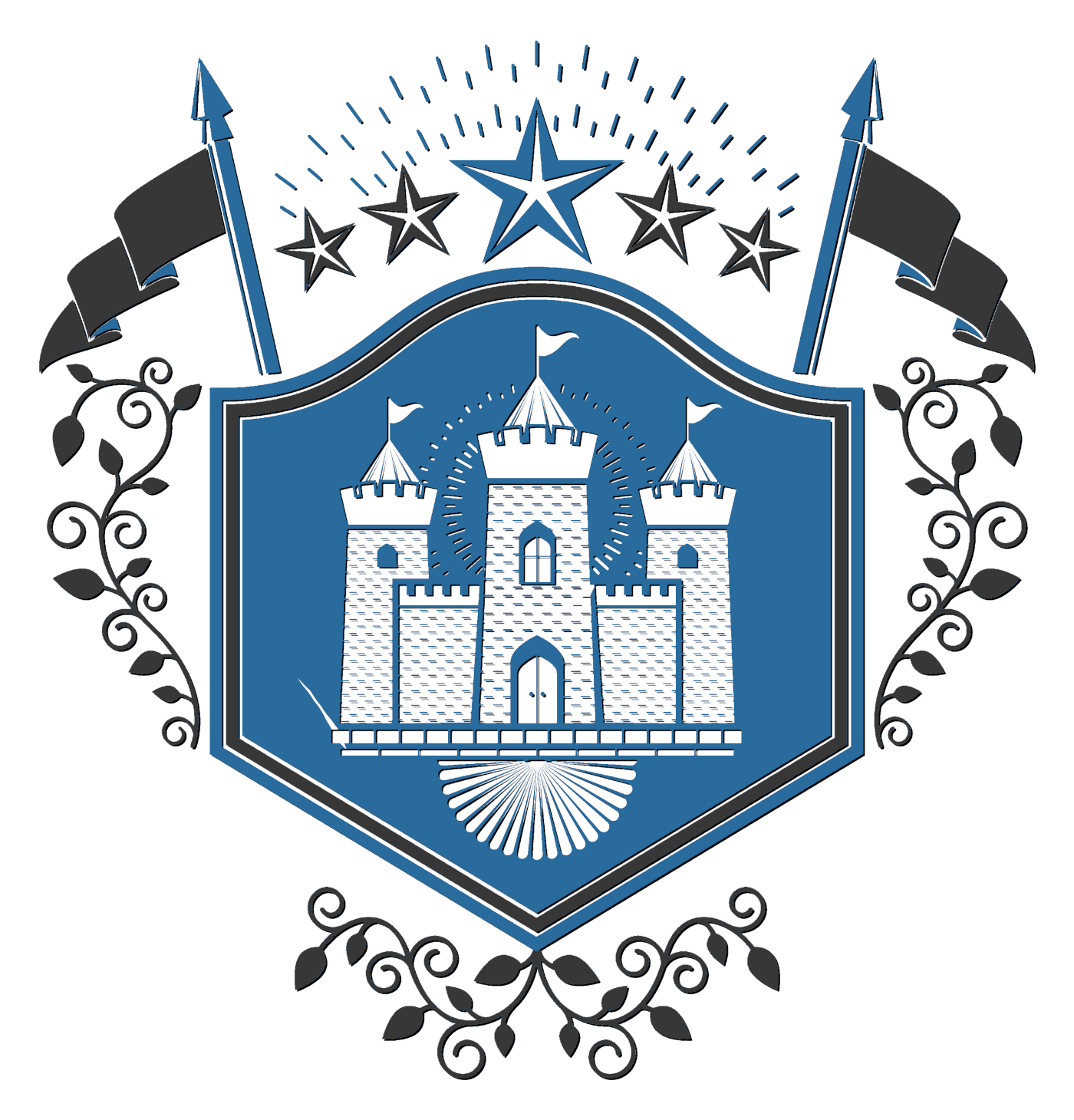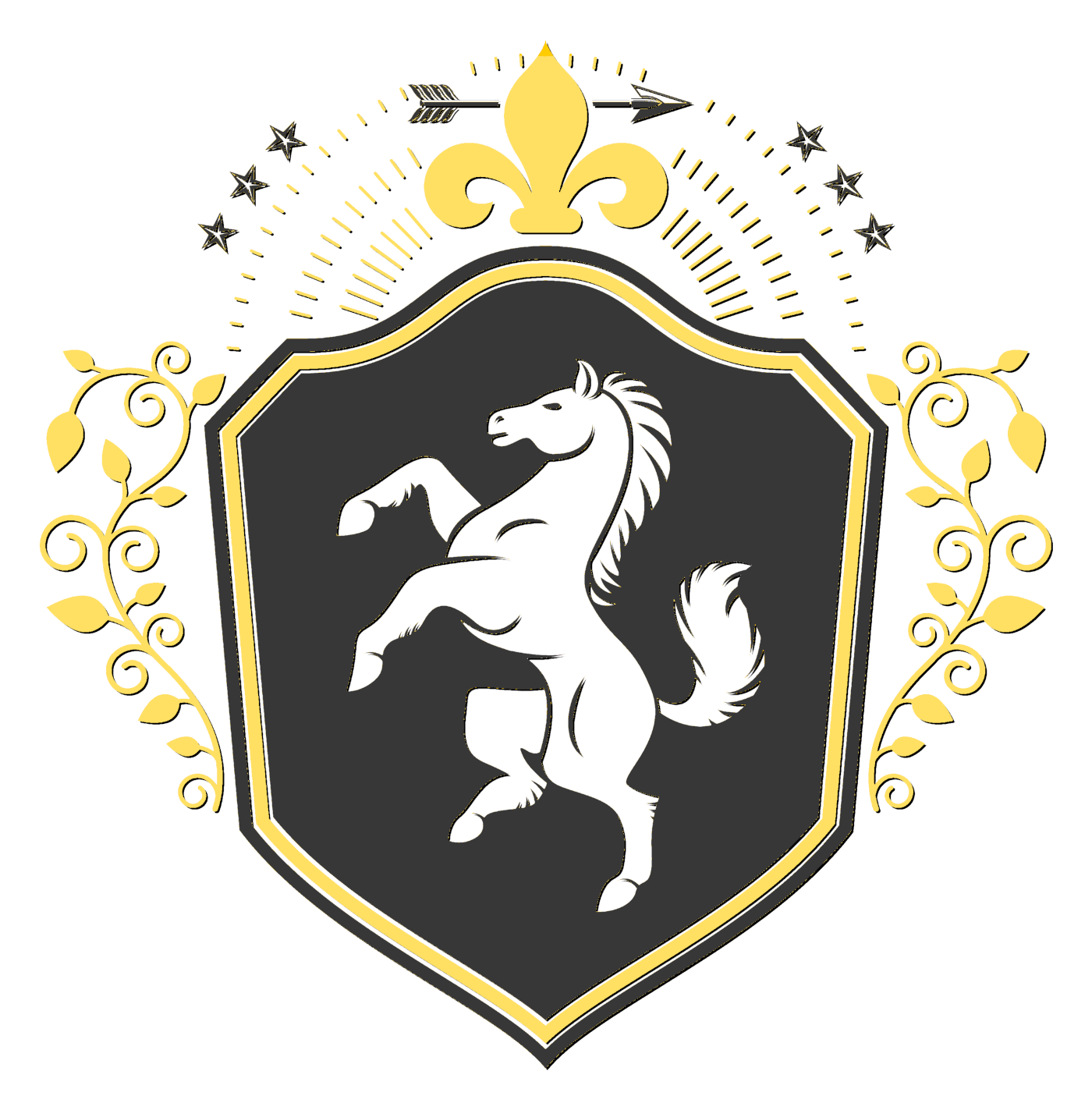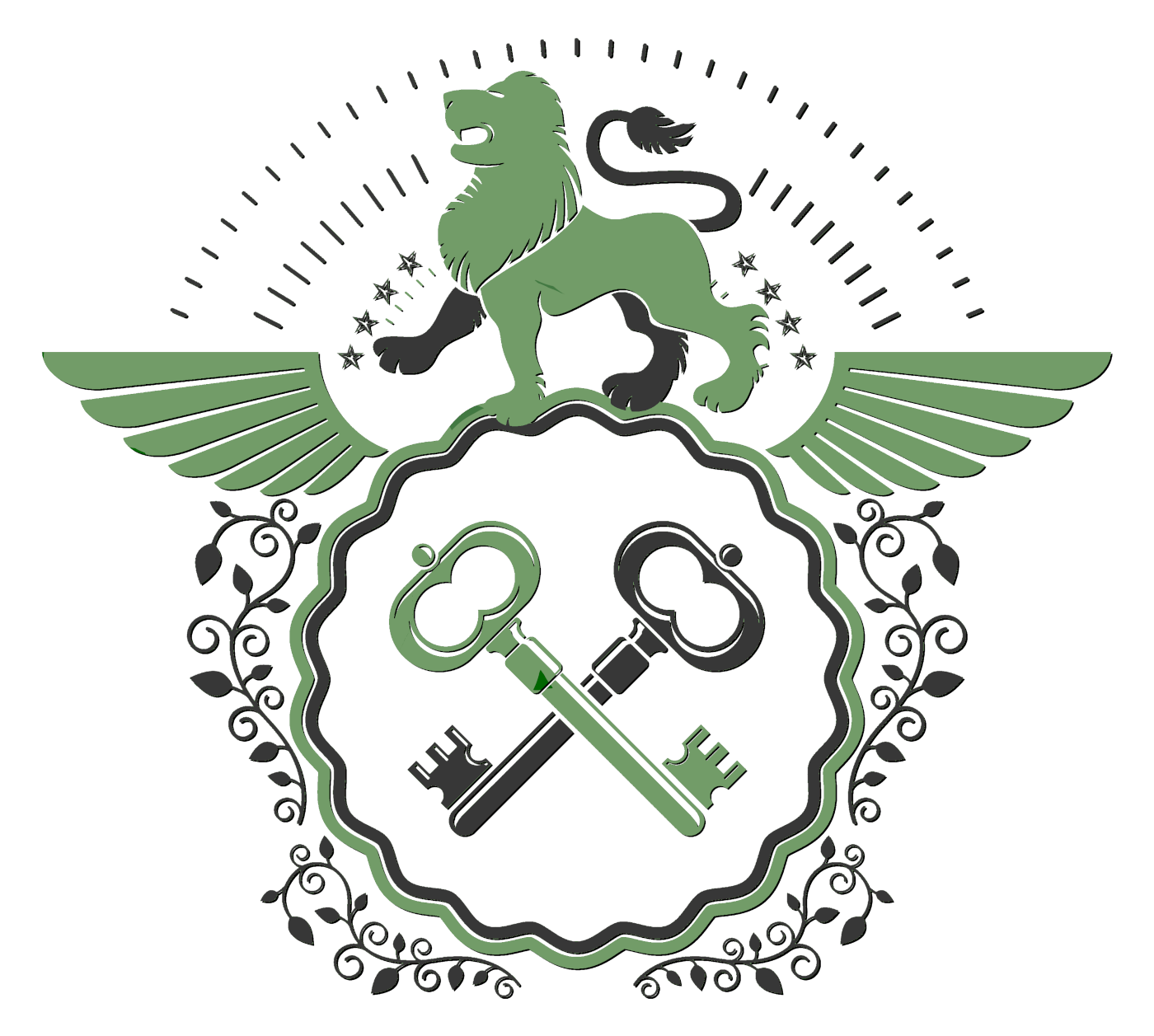Suiauthon Mimetes wrote:
A phrasing I think I made up myself.  To me that means that worldbuilding always has to be completely, 100% scientifically realistic.
To me that means that worldbuilding always has to be completely, 100% scientifically realistic.
The only way that changes in regards to fantasy is that the rules of science are up for grabs. I can modify science's rules, but then I have to stick to those rules as if [insert disaster behind your imagination] would occur if I didn't. Izenroe wrote:
I often use real animals from earth. I usually find out which new species have been found...it's interesting, there are so many animals that are weird in their own way, like the animals that live in extreme conditions....there are lots of ways to be creative..
You could also use extinct animals ..creatively taking certain aspects from them and coming up with your own imaginative beast or creature..
Maybe it is because I watched way too much Animal Planet when I was a kid, but I use a method similar to these when making up creatures. Just know that I don't do it all that often. If I was in the mood to make up a creature I would do the following:
1. I would start with where it is my creature lives, asking questions about the climate. Is it hot or cold? Dry or wet? Lots of sun or a little?
I also might ask what sort of vegetation is around. Are there lots of trees? Is it a great grassy plain? Are they in the mountains with those little stunted shrubs?
2. Then I take a general animal kingdom to start with, and you can pick extremes if you want. So, do I want reptiles who live in the snow, or an amphibian, or maybe a hybrid?
3. Once I've decided I might look at some unusual examples of these types of creatures in our world. Aka, I would poke around on Wikipedia for a while, looking at pictures.
4. Then I would move into the ways the creature might survive in its environment. If it is an extreme environment then it is more fun to think of ways they might battle the elements. Asking questions about where it lives, what it eats, how it reproduces, whether or not it lives in groups, and how it escapes predators can be helpful.
So lets say it is a frog that lives in the high snow covered peaks of the Whatsitcalled Mountains. I might give them thick skin and some sort of digging legs that can make little burrows in the snow. I might give them a pale coloring for camouflage. I might let them have glands that let them secrete an acidic liquid which reacts with the snow to make pools in which to raise their young. Then I might use that same liquid as a means of hunting for rodents that bury themselves deep under the snow. I think you get the idea.
5. This step could come in handy earlier on, but I don't usually think about it until I have the creature at least partially created in my head. Anyway, I would think of why I'm making up this creature at all. Do I need a strange source of food in a desperate climate where my characters are escaping to? Am I adding another level of danger to a hostile environment? Is it something that the characters hate or admire? Is it a symbol of a nation?
6. Then I would ask in what way do the intelligent beings of the world interact with these creatures on a day to day basis. Do the people in those mountains eat these frogs? Do they use the acid for something? Can the hide be used for clothing? Are they big enough to ride around on? Can they be domesticated?
7. All throughout these steps the visuals of my creature are developing for me. The coloring comes either for camouflage or for mating rituals. The size is so large because a human has to be able to ride it.
I'm getting these funny pictures of people riding around on giant snow frogs flashing through my mind. Anyway, I hope those tips help anyone who is working on a creature.



 I think you may have misunderstood me, I was only trying to say that I would rather write (and read, for that matter) a story that has a good balance of 'normal' creatures (I include dwarves and other creatures that are made up but not real in this category along with real creatures) and completely new, made up creatures than a story that is full of completely new, made up creatures because I think I would be overwhelmed trying to picture all of the new things and make sure I don't get them mixed up. I also was trying to say that your post helped me, I like your idea and might use it to make up a creature later on. I'm sorry I didn't make that more clear, sometimes I'm not a very good communicator, you'll just have to read my posts carefully, and be patient with me.
I think you may have misunderstood me, I was only trying to say that I would rather write (and read, for that matter) a story that has a good balance of 'normal' creatures (I include dwarves and other creatures that are made up but not real in this category along with real creatures) and completely new, made up creatures than a story that is full of completely new, made up creatures because I think I would be overwhelmed trying to picture all of the new things and make sure I don't get them mixed up. I also was trying to say that your post helped me, I like your idea and might use it to make up a creature later on. I'm sorry I didn't make that more clear, sometimes I'm not a very good communicator, you'll just have to read my posts carefully, and be patient with me. 

